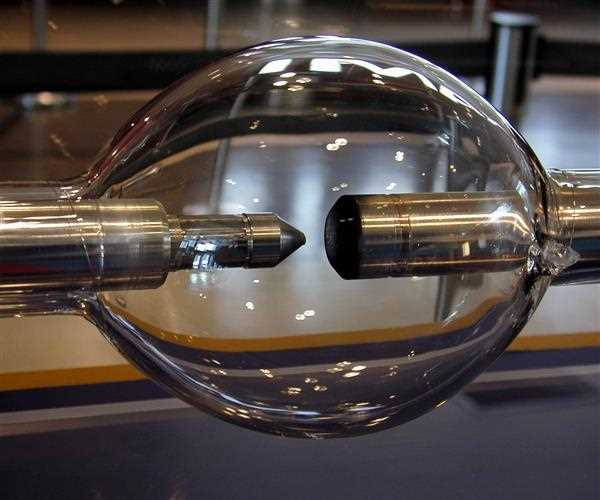The carbon arc light, which consists of an arc between carbon electrodes
in air, was the first practical electric light, devised by Humphry Davy
in the first decade of the 1800s. It was widely employed for street and large building lighting starting in the
1870s until it was replaced by incandescent lighting in the early twentieth century.

Until after WWII, it was used in more specialized applications that required a high-intensity point light source, such as searchlights and movie projectors. Although the carbon arc lamp is no longer utilized for most of these applications, it is still employed to produce high-intensity UV light.
Gas discharge lamps, which produce light via an arc between metal electrodes passing through a gas in a glass bulb, are now known as
gas discharge lamps. A low-pressure mercury arc lamp is the most popular fluorescent lamp. Many of the applications that previously employed the carbon arc, such as movie projectors and searchlights, now use the xenon arc lamp, which provides a high-intensity white light.
The discharge that happens when a gas is ionized is known as an arc. To 'ignite' or 'strike' the arc, a high voltage is pulsed across the lamp, after which the discharge can be maintained at a lower voltage. An electrical circuit with an igniter and a ballast is required for the 'strike.' The ballast is connected to the bulb in series and serves two purposes.